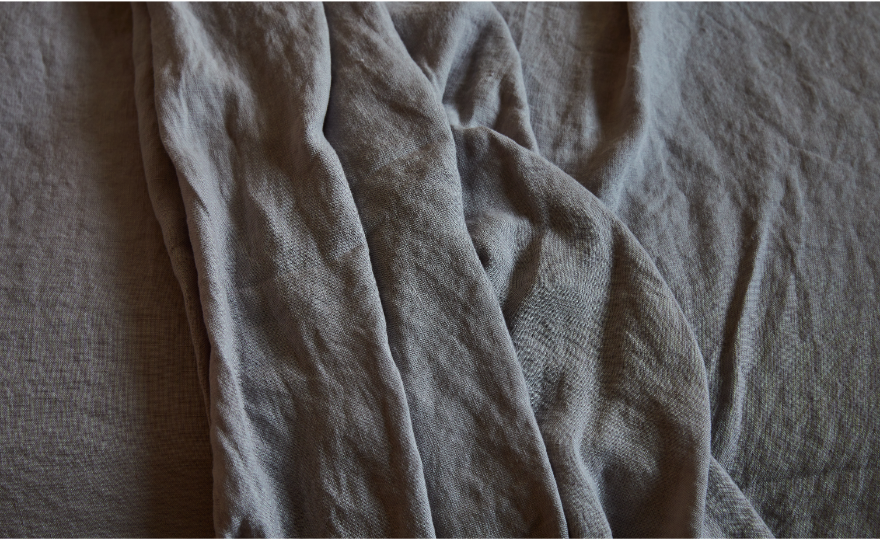365-DAY GUARANTEE | FREE SHIPPING | FREE RETURNS
365-DAY GUARANTEE | FREE SHIPPING | FREE RETURNS
365-DAY GUARANTEE | FREE SHIPPING | FREE RETURNS
If you suffer from allergies, airborne particles like dust, pet dander, and dust mites can make your condition worse. Many things can affect how your body responds, including the type of bedding you use. Whether it’s skin or respiratory-related, choosing hypoallergenic bedding is a smart way to keep your allergy symptoms at bay. In this guide, we’ll discuss some of the best allergy proof bedding you can buy, as well as what makes different materials hypoallergenic, the best ways to create an allergy-proof bedroom, and more.
You may not know it, but your bed sheets and mattress can be a safe haven for a myriad of harmful allergens. These microscopic particles can hide in fabric and nestle deeply into mattresses over time, which may exacerbate allergy symptoms. Here are some of the most common allergens that are found in bedding and mattresses.




Even if you haven’t been officially diagnosed as having allergies, there are a few common symptoms to look for that may indicate you have airborne-related allergies. If you are dealing with one or a few of these, then it’s probably time to re-evaluate the type of bedding you are using and look for something constructed of a hypoallergenic material. Here are a few of the most common symptoms associated with these types of allergies.
Pay close attention to how you feel whenever you’re in your bedroom. If you notice that your symptoms worsen at night and then they subside whenever you wake up and leave the room, your bedding could be the culprit. You might also notice that signs of skin irritation go away when you're not lying in bed. It’s always best to consult with your doctor if you are dealing with any of these symptoms. They can help you make a proper diagnosis, make recommendations, and provide you with the right treatment you will need to help you feel better.

You may wonder, what is hypoallergenic bedding? What are hypoallergenic sheets, and what bedding is best for allergies? Any bedding listed as hypoallergenic should help to reduce your odds of dealing with an allergic reaction when you use it. Look for soft, organic cotton bedding like sheets that are tightly woven so they’re less likely to hang onto indoor allergens and irritants. The best hypoallergenic bed sheets and other types of bedding are also breathable. Not only will this keep you cool and comfortable at night, but it also helps to inhibit the growth of mold spores and bacteria. Try to choose bedding made from natural fabrics, like our organic duvet cover woven from 100 percent organic cotton. This all-natural fabric is much gentler on your skin, and it won’t hold onto harmful allergens that might be lurking in your bedroom. Let’s break down some options to help you determine what is the best hypoallergenic bed sheets that you can choose for an allergy-free sleeping experience.
Now that you know more about the best sheets for allergies and which materials are the best hypoallergenic options, let’s examine some other ways that you can create a comfortable, allergy-proof bedroom. While you may not be able to eliminate allergies completely, these tips will help to reduce the chances of dealing with an allergic reaction and may help to reduce or even eliminate some of your most troublesome allergy symptoms.

With the right bedding materials and some simple proactive changes in the bedroom, you can ensure that your sleeping space is clean and allergy-free. Remember to choose hypoallergenic bedding made of natural materials like silk, bamboo, organic cotton, or linen. Our fantastic selection of high-quality bedding includes a wide range of colors and styles to choose from, and everything is all-natural and safe to enjoy for all types of sleepers, including allergy sufferers. Explore the rest of our website to discover your perfect hypoallergenic bedding today.
